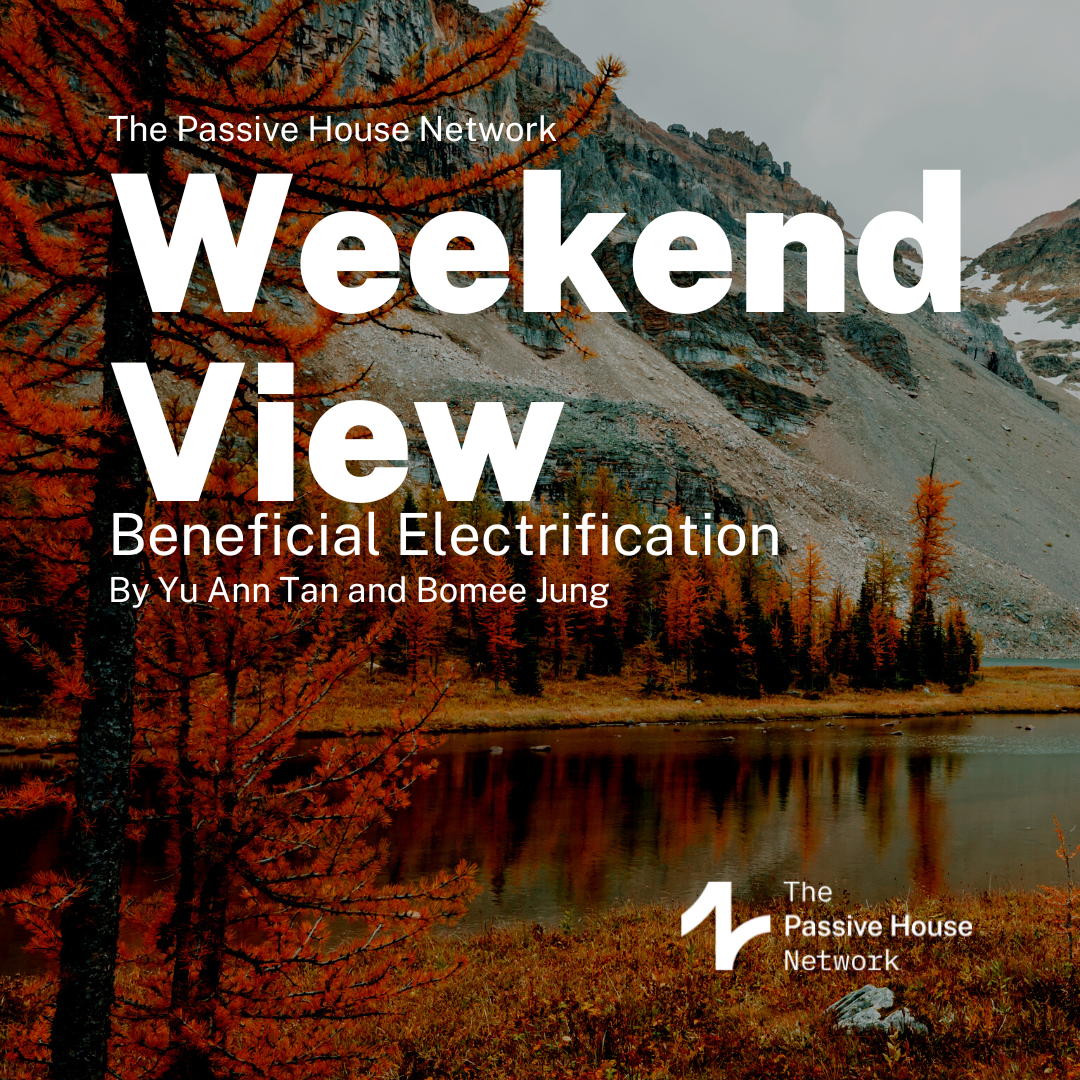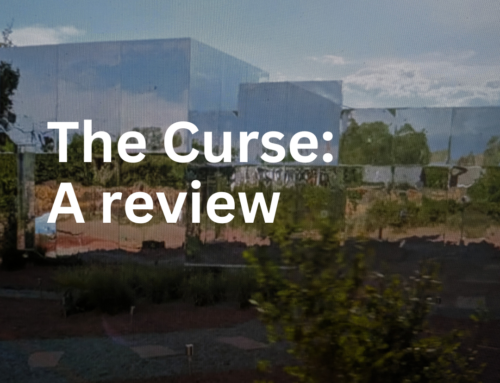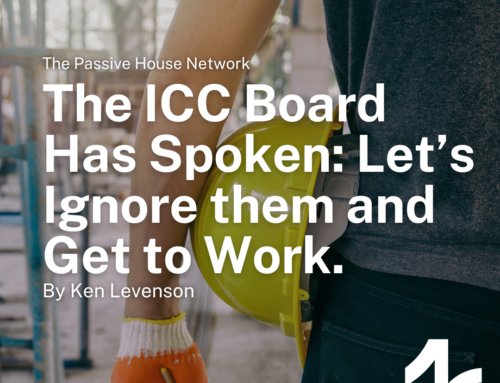The Weekend View:
Beneficial Electrification
Have you heard the news? According to a recent report from Yale Program on Climate Change, UC Santa Barbara, and Rewiring America, 60% of Americans prefer an all- or mostly-electric home.
There’s good reason for this. Electric household appliances like heat pumps and heat pump water heaters, commonly used in Passive House buildings, save on costs and energy usage—but there are even more benefits to electrification. A 2021 report from RMI, Decarbonizing Homes: Improving Health in Low-Income Communities through Beneficial Electrification, found that tight, well-ventilated buildings with all-electric appliances and equipment can improve health equity in low-income communities.
That’s why we’re taking a look back to our PHN Presents Event with the report authors, Yu Ann Tan from RMI and Bomee Jung from Topsight Advisors LLC, who show us the wider picture of decarbonization and how our efforts to reduce emissions can also address the health and wellness issues of housing inequality. This idea is at the heart of the concept of beneficial electrification housing–housing which lowers cost burdens, improves the safety and health of the indoor environment, reduces greenhouse gasses, and strengthens the building’s interaction with the electrical grid.
Yu Ann and Bomee’s research shows that removing in-building fossil fuel combustion improves indoor air quality, immediately reducing the risk of health harms from unhealthy air, both inside and out. As low-income communities have the most exposure to unhealthy indoor air, these communities will gain the most from Beneficial Electrification practices. These positive outcomes are compounded when paired with Passive House building standards.
The presentation shows how climate mitigation and climate justice are intricately linked, reaffirming that what’s good for the earth is also good for us. You can learn more about how Beneficial Electrification connects climate justice and decarbonization by reading RMI’s report, or by watching the presenters report on their findings in the video below.
With 60% of Americans preferring an all- or mostly-electric home, there’s good reason to believe that Passive House is on the wish list too. The benefits of electric housing and the benefits of Passive House building standards amplify each other, and with Passive House buildings needing far less energy to run the building when compared to standard codes, shifting towards electric appliances like heat pumps is a no-brainer!
If you’re looking for ways to improve the health and wellness of your environment for your community, and amplify the benefits of electrification, consider registering for our CPHD training. With jurisdictions like Boston, Massachusetts prohibiting buildings from producing any carbon emissions by 2050, Passive House building standards are the logical choice for the buildings of the future—and we’ll need you to build them.
Become a Certified Passive House Designer and change your climate impact forever. Courses begin on January 18th. Register now for immediate access to materials.





